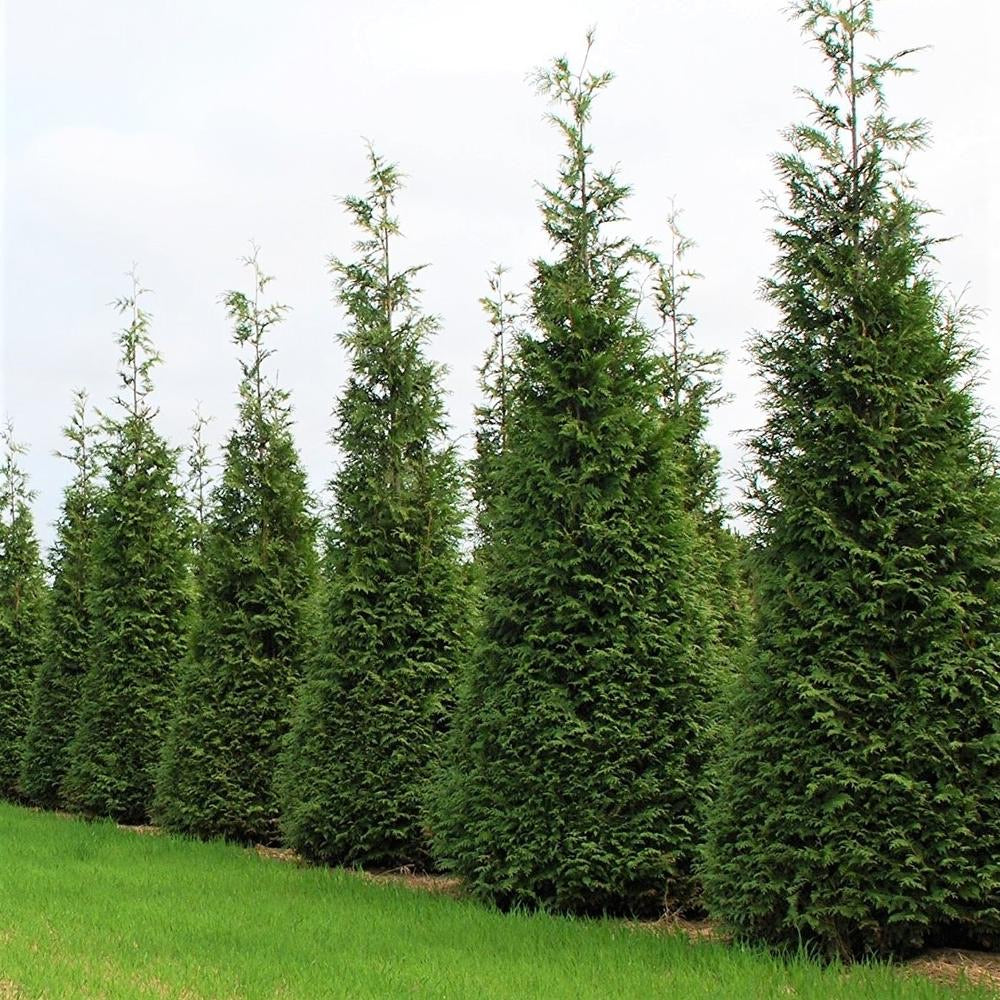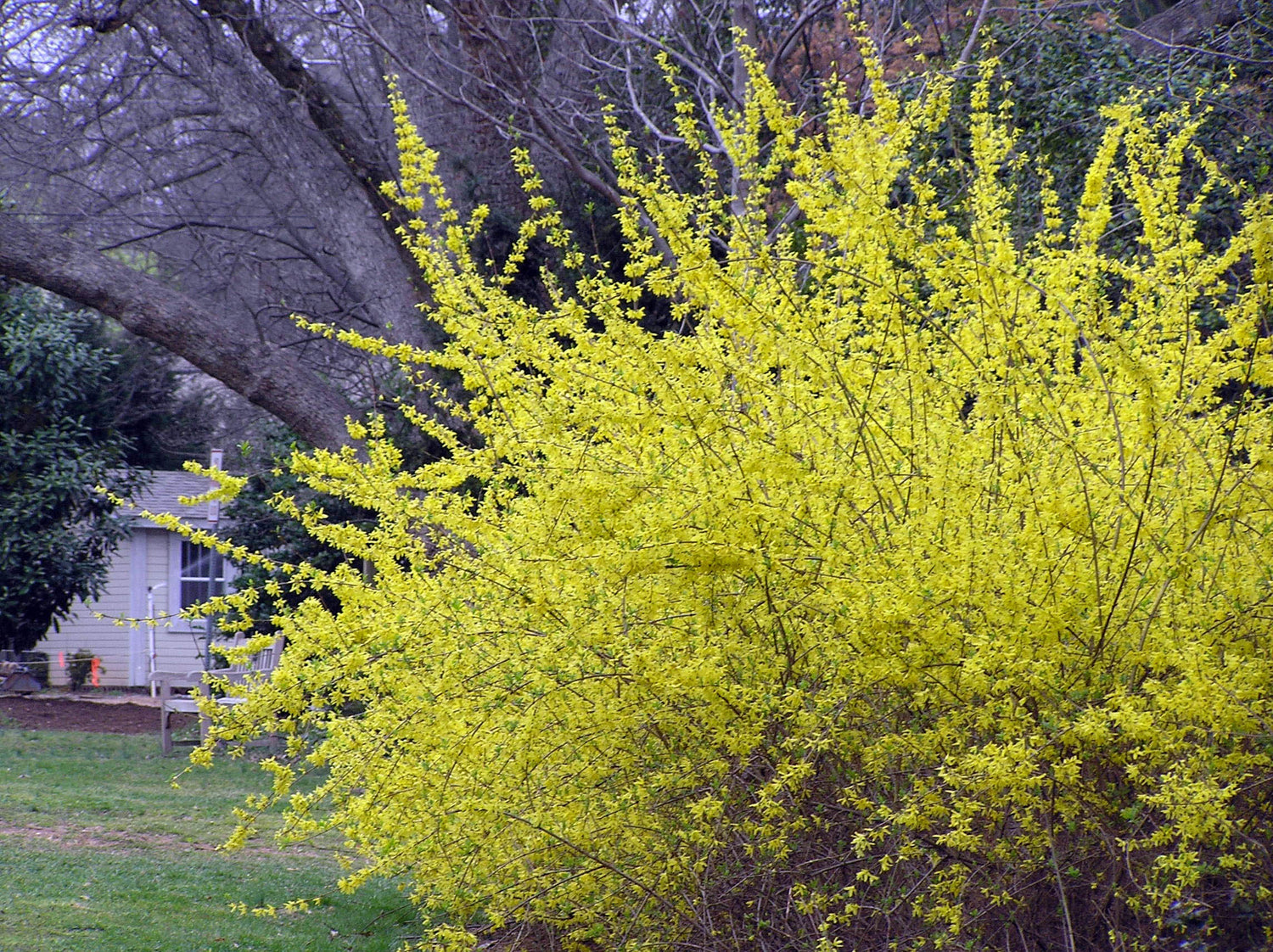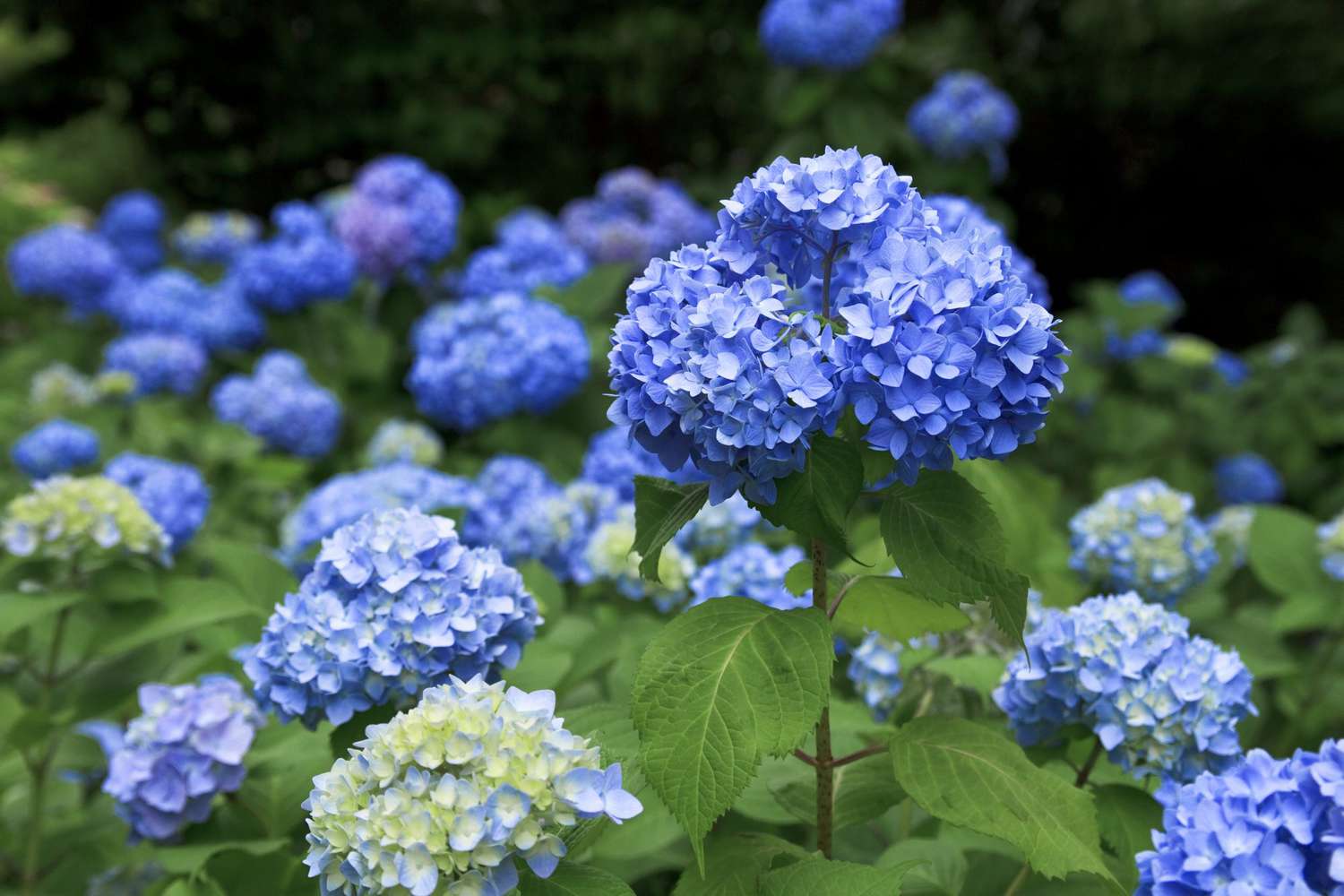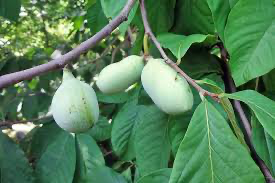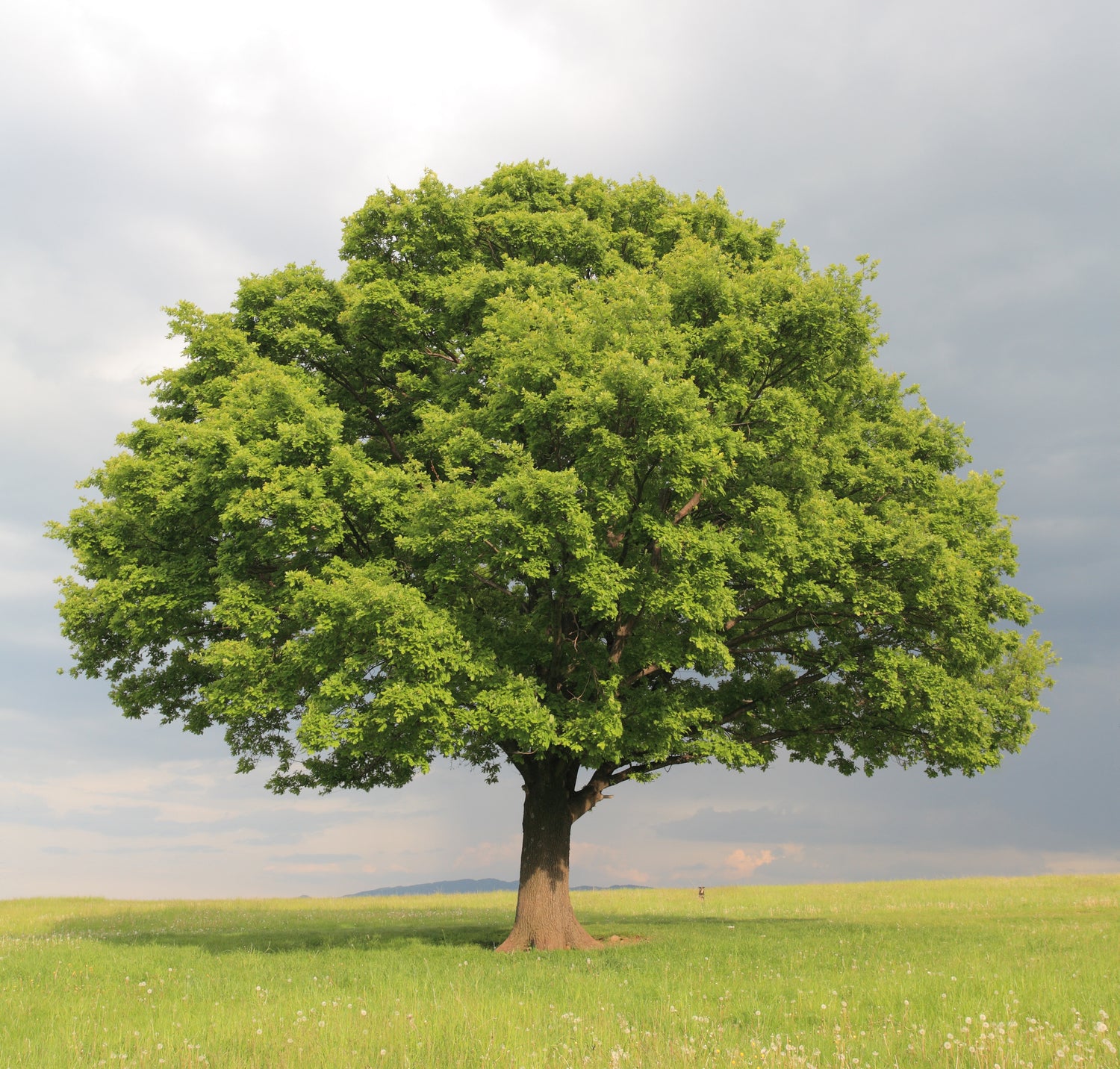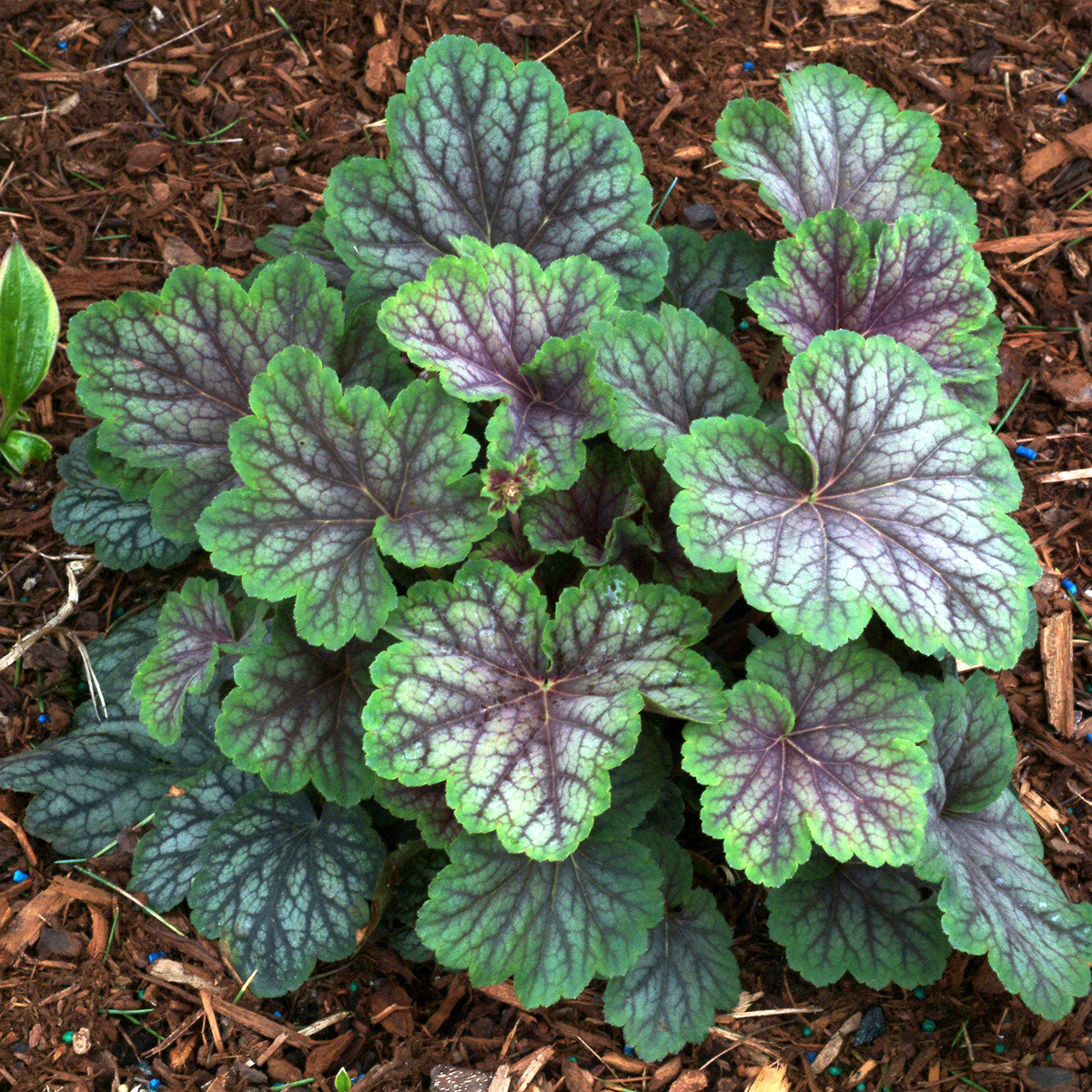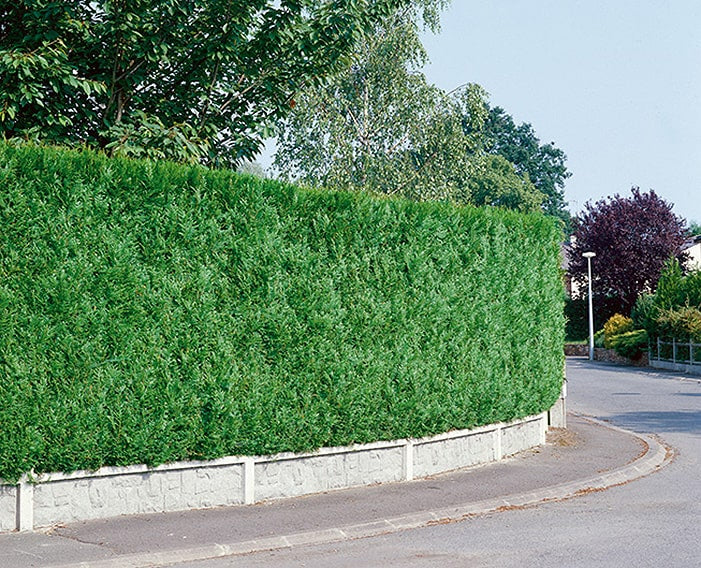
What Is a Burning Bush Plant?
The burning bush plant (Euonymus alatus) is one of those landscape staples that’s hard to forget once you’ve seen one in peak fall color. We grow these beauties here on our small Missouri nursery, and every year they earn their name all over again—flaming red foliage that looks like fire spreading across the garden.
The burning bush is a deciduous shrub known for its compact shape, vibrant autumn color, and easygoing care needs. It thrives in a wide range of growing zones, typically zones 4 through 8, which means it's a great fit for most of the U.S. Not sure which zone you're in? Take a quick look at our grow zone collections to find the right fit for your area.
It’s a favorite for privacy borders, foundation plantings, or as a standalone showpiece. Whether you're planting one or lining up a hedge, this is the kind of shrub that brings drama without the fuss.
You can order a dwarf burning bush from us today, and it will be shipped to your home! click here
What Does a Burning Bush Look Like Year-Round?
If you’re only seeing pictures of the burning bush in fall, you’re missing out on its full year-round appeal. Yes, the bright scarlet-red foliage in autumn is what makes it famous, but there's more to love.
Here's what it looks like through the seasons:
-
Spring: Leaf buds emerge in soft greens, quickly turning to deep, lush green foliage
-
Summer: Full, dense growth with a rounded shape—great for filling space or shaping into borders
-
Fall: The real show begins! Leaves transition into bold red, lighting up the landscape
-
Winter: Leaves drop, but the ridged bark and defined form give the shrub nice winter interest
If you're working with tighter spaces or want more control over height, we highly recommend checking out the Dwarf Burning Bush we offer. It gives you the same bold look in a more compact size—perfect for smaller yards or garden beds.

When to Plant a Burning Bush
Timing really does matter when it comes to planting a burning bush plant. While they’re pretty flexible overall, you’ll get the best results if you plant in early spring or early fall. That’s when the weather is mild, and your shrub has time to settle in before the stress of summer heat or winter freeze.
Our best planting tips:
-
Spring planting: Gives roots a full growing season to get established
-
Fall planting: Also great—just be sure to plant at least 6 weeks before your ground freezes
-
Avoid mid-summer if possible, unless you’re really on top of watering
-
Always loosen the root ball a bit before planting to help roots spread
Once you get it in the ground, add a nice mulch ring around the base (but keep it off the stem). For more on doing mulch the right way, take a peek at our guide on sustainable mulching with leaves.
Burning Bush Plant Care: Keeping It Healthy
Here’s the good news—burning bush plants are about as low-maintenance as it gets. Once established, they don’t need babying, which is one of the reasons folks love using them in hedges and borders.
Here’s how we care for them at the nursery:
-
Watering: Keep moist the first year. After that, they’re drought-tolerant
-
Sunlight: Full sun gives the best fall color, but they’ll handle part shade just fine
-
Pruning: Light pruning in late winter or early spring helps maintain shape
-
Fertilizer: Not necessary unless your soil is depleted—then use a slow-release formula in early spring
Want more practical tips like this? We share plenty of hands-on info in our plant care blog posts based on what we see right here on the farm.
How Big Does a Dwarf Burning Bush Get?
We get asked this one all the time. The standard burning bush can grow up to 16 feet tall and wide, making it great for privacy but a bit much for smaller spaces. That’s where the dwarf burning bush comes in—and let us tell you, it's a game changer for tighter landscapes.
The dwarf variety typically reaches 5 to 8 feet tall and wide, but still gives you that classic fiery red fall color you’re looking for. It’s a great option for foundation plantings, smaller front yards, or if you’re wanting a bold hedge that doesn’t take over.
We've had great success growing these here at the nursery, and they’ve been one of our most popular shrubs in recent years. If you’re looking to add one (or a few!) to your yard, check out our dwarf burning bush plants for sale. We ship them with care from our Missouri farm straight to your door.
Want other shrubs that stay neat and colorful like this? Our shrubs and bushes collection has plenty to explore.
Where Not to Plant a Burning Bush
Even though the burning bush plant is tough and easy to grow, there are definitely some spots where it just doesn’t thrive—or worse, where it becomes a problem. We’ve learned from years of growing these on our farm that placement can make a huge difference in long-term success.
Places to avoid when planting burning bush:
-
Dense shade – It’ll survive, but you won’t get that stunning fall red. These do best with full sun to partial sun, especially for vibrant color.
-
Wet or soggy soil – Burning bushes hate having “wet feet.” Make sure the spot drains well.
-
Tight spaces near structures – Even dwarf varieties need room to breathe, especially when mature. Give it a little elbow room to grow into that natural rounded shape.
-
Restricted zones – In some northeastern states, burning bush is considered invasive. It’s always smart to double-check planting guidelines in your state. If you're unsure, our FAQ page is a great place to start—or just contact us and we’ll help you out.

Want more compact, non-invasive shrubs for tricky spots? We’ve put together a list of great options in our blog on small trees under 25ft.
Companion Plants for Burning Bush
Planting a burning bush plant alongside the right neighbors can really take your landscaping to the next level. Since it offers such bold fall color, we love pairing it with plants that bring texture or contrasting shades throughout the year.
A few of our favorite companions:
-
Hostas – Their soft, green or variegated leaves contrast beautifully with the red fall foliage
-
Liriope – Low maintenance and perfect for filling space beneath your shrubs
-
Hydrangeas – Adds soft, showy blooms through summer
-
Black-eyed Susans – These add a splash of yellow and draw pollinators
You can also browse our full flowering plant collection to find more ideas that will look amazing next to your burning bush—whether you're going for bold, subtle, or a mix of both.
Is Burning Bush Invasive? What You Should Know
This one depends on where you live. The burning bush (Euonymus alatus) is not invasive everywhere, but in some northeastern states it’s considered aggressive due to its ability to spread in unmanaged woodland areas. In our experience here in Missouri, it's a well-behaved shrub when maintained properly, especially in home landscapes.
What to do if you're concerned:
-
Go with the dwarf burning bush, which is easier to manage and far less likely to spread
-
Avoid letting it go unpruned for years on end in wild areas
-
Consider other low-maintenance landscape shrubs from our bush collection if you’re in a restricted zone
If you’re ever unsure, feel free to check out our full blog collection where we cover all kinds of planting tips, or reach out—we’re always happy to guide you to the right plant for your area.

Why We Love Growing Burning Bushes at Our Family Nursery
We’ve been growing the burning bush plant for years here at our small family-run nursery in Missouri—and it continues to be one of the most asked-about shrubs. Why? Because it’s one of the easiest ways to add bold, seasonal color without adding a bunch of extra work.
We love how these plants grow with confidence, thrive in a variety of soils, and offer that unforgettable red punch in the fall. The dwarf burning bush has been especially popular with folks who want all the beauty without taking up too much room. Whether you're planting one in a corner of your yard or building out a whole row for a privacy screen, this plant fits the job.
You’ll find them nestled among other vibrant picks in our shrubs and bushes collection, right alongside companion plants like hydrangeas, liriope, and more.
Where to Buy a Burning Bush Plant Online
If you’re wondering where to find a burning bush for sale, we’ve got you covered. We offer these shrubs in our online shop when they’re in stock—shipped with care, straight from our licensed Missouri nursery. We’ve shipped burning bushes to gardeners all across the U.S. who want to bring fall color into their landscape the easy way.
Check availability in our burning bush product listing here, and while you're browsing, explore even more colorful options in our fast-growing plants collection and privacy screening plants if you're building out a complete landscape plan.
If you’re not sure what will grow best in your area, visit our grow zone plant collections or just reach out—we’d love to help you plant something you’ll love for years to come.



